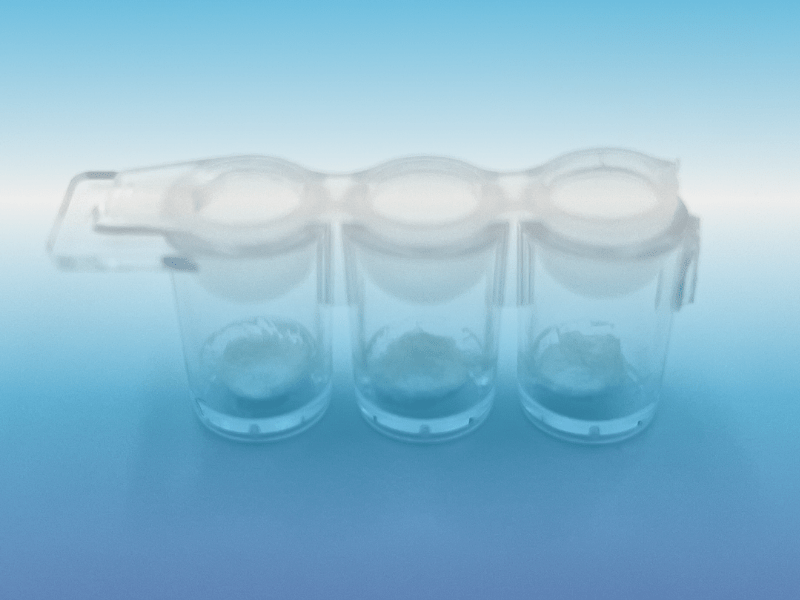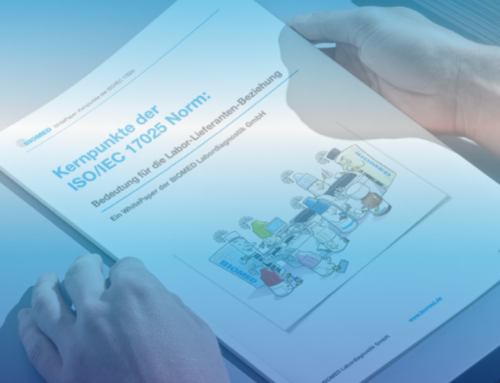Following validation and verification, the quality standard of control results in laboratories is now also declining. This is stated in the essay “Diluting Quality Standards: Validation, Verification and now “Confirmation” by James O. Westgard and Sten A. Westgard from September 2020.
The changes made by the College of American Pathologists (CAP) to its 2020 checklist for test verification define the previous quality standards further down. The Centers for Medicare and Medical Services (CMS) noted that laboratory requirements for verifying a manufacturer’s performance data are primarily performed by the manufacturer’s representatives and not by the manufacturer’s own laboratory personnel. Now the CAP checklist states that if a procedure approved or licensed by the Food and Drug Administration (FDA) has been verified by someone other than the laboratory staff, for example, by the manufacturer itself, the laboratory must ensure that the result is consistent with its internal testing by providing confirmation of the performance parameters by the laboratory staff.
As a result, the laboratory personnel perform this control simply by repeating patient samples previously performed by the manufacturer to obtain the same results. This procedure can lead to false results.
The essential learning effect about problems with new laboratory procedures is lost, problems only occur with the patient.
This problem and the resulting dependence on the manufacturer can be an explanation for the prevailing insufficient quality control in some laboratories. Here, 2 SD control limits are often used for laboratory analysis systems with high volume, this can lead to wrong values. Instead of checking the method for errors, the controls are repeated until the results match those of the manufacturer. Possibly erroneous patient results play a minor role.
Simplified result controls are the next step to reduce the responsibility of the laboratory for the quality of its control processes and its responsibility for correct patient results. It is expected that the Clinical and Laboratory Standards Institute (CLSI) will begin developing control protocols to further simplify laboratory quality assurance practices. CLSI already has two protocols for method validation and method verification. The method validation protocols are intended for manufacturers to document their performance claims to the FDA. The EP15 protocol is available for laboratory verification. It offers a simpler, experimental approach that requires less data.
In both the US and Europe, work is underway to establish “a scientifically sound approach for laboratories that can be conducted as a manageable experiment with appropriate data analysis. This is the only way to maintain the quality standard that is appropriate for patient care.
You can read the whole article after you have registered once free of charge onWestgard.







